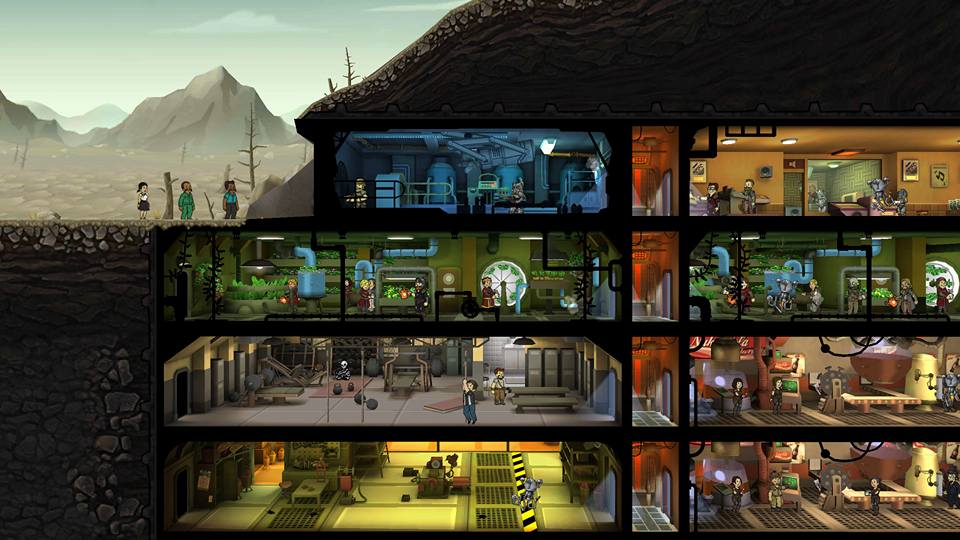

An October 1951 profile of a merry-go-round car park notes that it would also serve as an effective shelter in the event of an atomic attack. That’s quite the bargain price for surviving the apocalypse. In September 1951, just two years after the Soviet union successfully tested their own atomic bomb, we ran a two-line ad that read “Atomic Bomb Shelter plans $1.50” and gave an address for readers to mail in. The first bomb shelter predates the reality of nuclear weapons, and it’s that extra radioactive power and lingering doom that really spurs the specialized design of fallout shelters.

Apart from the materials used, in concept they’re not all that different from Estonia’s very modern Terramil shelters. This was a shelter for conventional bombs, one that could rely on the limitations of normal bombs and the strength of the ground itself to protect those hiding underneath. The vaults are at the heart of the post-apocalyptic series, and while it’s a quaint Cold War throwback now, fallout shelters were a very real part of mid-20th-century life, as documented by Popular Science.īomb shelters first showed up in our pages in 1937, with World War II just on the horizon.

A nuclear family–the name itself a cruel irony–flee their home for a vault, hoping the advanced cavernous shelter can save them from the imminent blast. True to form, it opens in the edifice of a proto-1950s robot-heavy utopia. The announcement came through a news broadcast in a video trailer for Fallout 4, the latest in a long-running series of post-apocalyptic video games. Learn more ›Īt 10:10 AM Eastern Daylight Time, the world ended. We may earn revenue from the products available on this page and participate in affiliate programs.


 0 kommentar(er)
0 kommentar(er)
